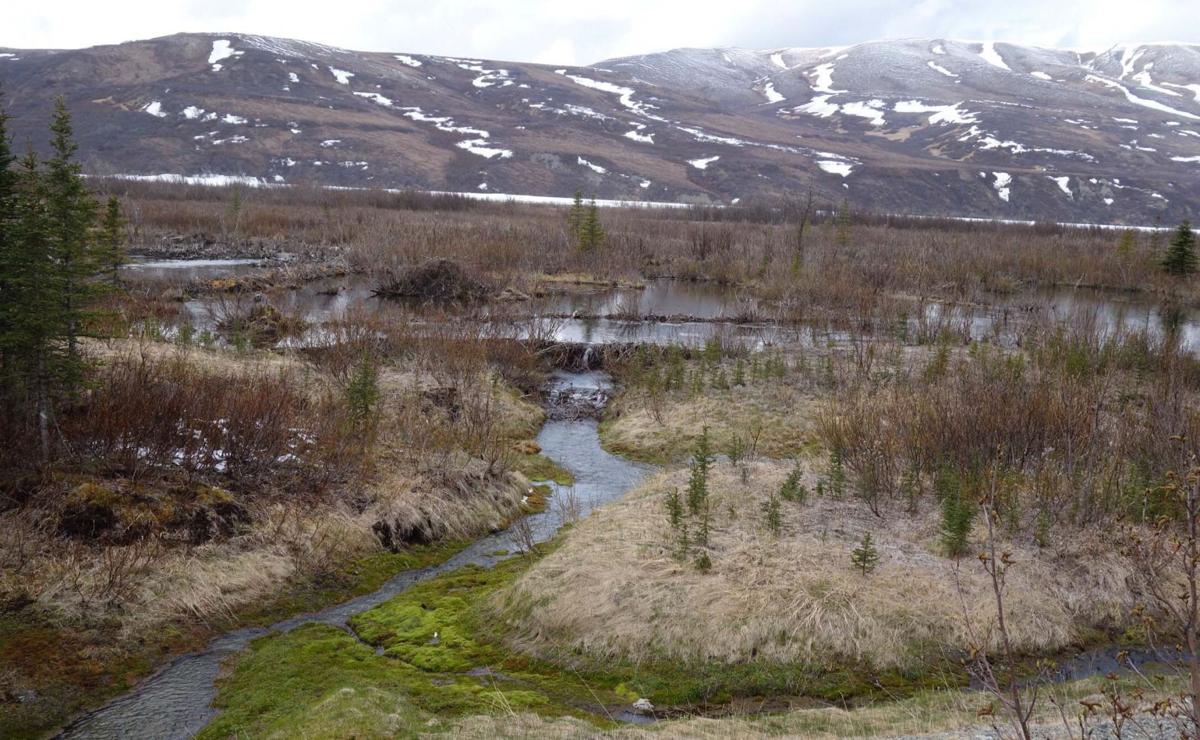“Tundra be Dammed: Beaver Colonization of the Arctic.”
"That's when I started getting interested in beavers [speculating what species in a warming Arctic would be next to colonize its range]. These guys are small, highly industrious engineers."
"We have caught the beavers in the act. We are really only at step two of a ten-step process in understanding what is going on, and the implications of it."
"Is it a good thing or a bad thing? Put it this way: if someone went into a land manager's office and wanted to get a permit to do all the work that the beavers are doing in the Arctic right now, it would be a lot of paperwork. But I see these guys as facilitating change in the Arctic -- and accelerating the changes that are already underway."
"It’s kind of the next wildlife you’d expect in tundra, but with much bigger implications."
"I love the fact the beaver is the Canadian national animal. You just need to look at the map to see how well beavers recolonized the rest of North America after over-trapping."
"They are now in all the lower 48 states, and Alaska is the last standing -- and it's going to fall."
Ken Tape, associate professor, University of Alaska Fairbanks
 |
"We do not know how beavers reached the Beaufort Coastal Plain, but they would have had to cross a mountain range or swim in the sea."Beavers are everywhere there is water that can be dammed, a lodge built to hold a beaver colony and ample supplies of poplar from nearby forest enclaves are present, where the beavers with their sharp incisors easily cut through the thickness of a mature tree trunk, judging where the cut should go and where the tree will fall. Loggers know to cut a notch in a tree trunk to control the fall of the trees they're harvesting. Can it be possible that the logging industry studied the successes of beavers and simply emulated them in harvesting techniques?
Yukon biologist Tom Jung, northern Yukon Territory
Or does their similarity of operational techniques in best-practise logging reveal that beavers whom nature has equipped so splendidly to manipulate its natural surroundings to create a habitat for itself and in the process one that will appeal to other forest creatures from aquatic animals to wolves, coyotes, foxes, moose and more taking advantage of the industrious beavers' foresight in altering an environment to make it more likely to grow vegetation attractive to the greater populations of wildlife, indicate it has been as naturally endowed as humans to alter its landscape?
Beaver were once viewed as a natural resource of great commercial value, when its pelts were desired for human garments and headgear. Certainly a renewable resource, but yet one so mercilessly hunted and trapped that the trapping profession that was so robust for far too long, collapsed along with the kind of culture that saw them as furnishings for sartorial purposes. With the absence of the beaver resulting from near-extinction in areas they had long been known to inhabit, the natural environment changed too, absent their engineering know-how and custodial care.
The landscape changed in their absence and all the creatures that so hugely depended on their presence in building dams, creating beaver meadows and ponds that in turn proved perfect habitat for both vegetation and animals, began to vanish; the previous lush presence of both turned barren as the lakes dried up, the vegetation receded, the animals looked elsewhere for the perfect environment where they could exist. Since then, however, those hardy, industrious animals have made a comeback, their presence common all over North America, including Mexico.
 |
| A beaver swims in a pond in Elk Island National Park east of Edmonton Alta. |
Dr. Tape and his colleagues have been studying the issue of the entrance of a previously unknown presence of animals venturing into the Alaskan tundra known more for the presence of Grizzlies than of beavers. They produced a new research paper titled Tundra be Damned: Beaver colonization of the Arctic. Never having actually seen a beaver living and working in a tundra environment, Dr. Tape and his fellow researchers began studying decades' worth of satellite images featuring a 18,293-square kilometre area of permafrost in northwest Alaska.
Aided immeasurably by the capacity of satellites to photograph images from space, they discovered 56 new beaver pond complexes in a landscape they knew to previously be absent of the presence of beavers. The beavers' activities have wide-ranging consequences, 'improving' the natural presence of geological features favourable to the presence of a wide variety of vegetation and animals forming a complete ecosystem in a chain of existence favoured by nature. As beavers dam up rivers and streams creating ponds, wetlands proliferate.
The ecosystem that has been altered is healthier when dams filter out pollutants and the resulting ponds fill with new life and the risk of flooding becomes more remote. Changes in the Arctic have the potential to be quite dramatic. A beaver pond that expands, washing over permafrost, degrades frozen ground, rinses soils away, releases carbon dioxide and methane in the process, as the frozen area no longer holds the carbon dioxide its melted state releases. The presence of beaver and their activity accelerates the permafrost retreat.
 |
| Signs of the American beaver in Alaska include a dam on Phelan Creek near Isabel Pass in the Alaska Range. Photo: Ned Rozell |
Labels: Alaska, Arctic, Beavers, Climate Change, Environment, Habitat, Nature, Permafrost

0 Comments:
Post a Comment
<< Home